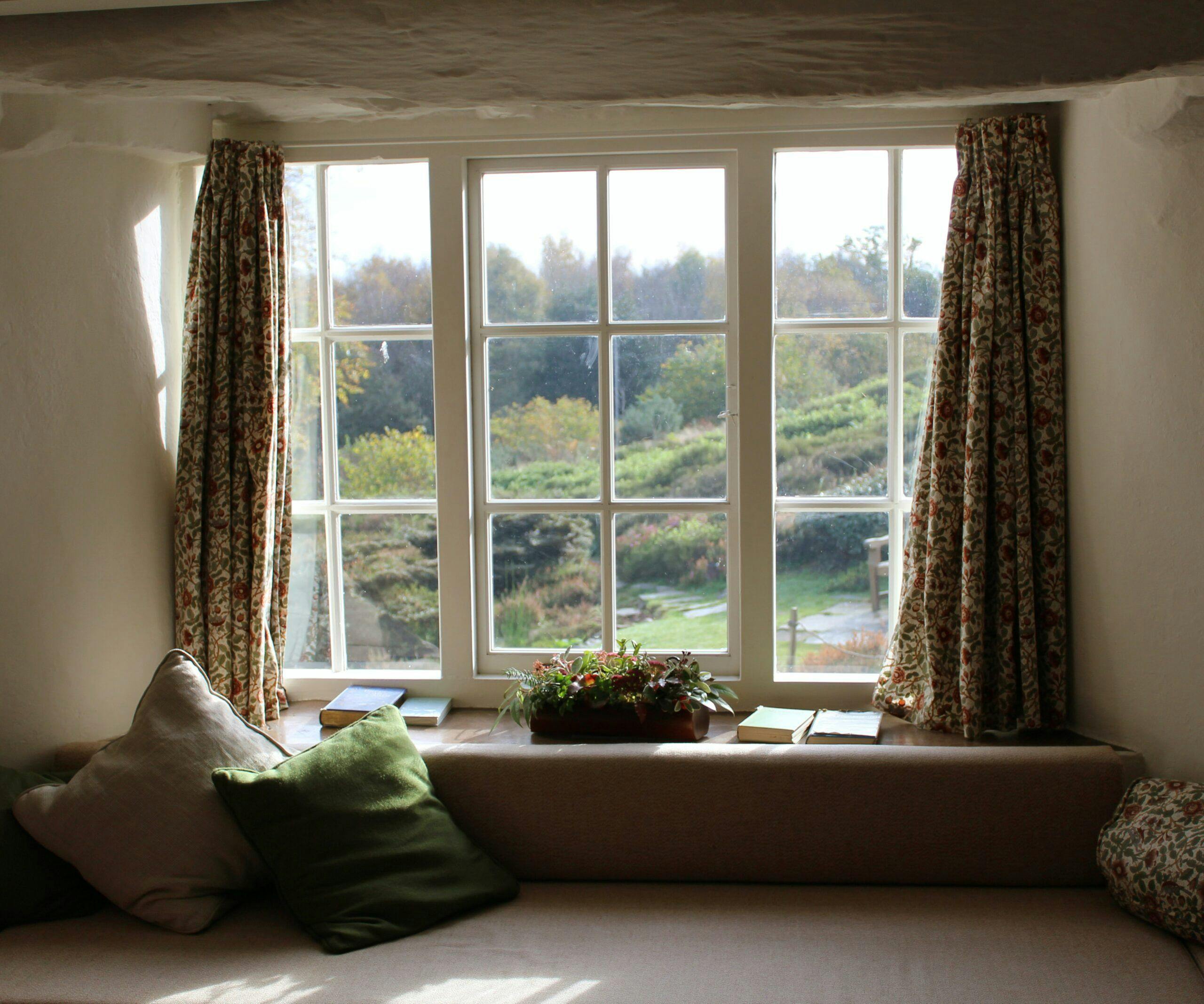Choosing the right window glass is relatively easy. The options are limited, and most of them are produced by the same manufacturers, regardless of what brand homeowners decide to buy. Choosing window frames, on the other hand, can be much tougher. Read on to find out about six good options to choose from panoramawindows.ca. Deciding on a material first will make choosing the right window frames much easier.
1. Vinyl Window Frames
The vast majority of the window frames sold in the United States are made from vinyl or UPVC. This material is energy efficient, durable, and cost effective. Vinyl frames come in multiple standardized colors and can be painted or foil-wrapped to match more obscure trim colors. Visit https://www.erieconstruction.com/ to find a contractor with plenty of experience installing new and replacement vinyl windows.
2. Composite Window Frames
Composite window frames are made from resin reinforced with either wood or glass fibers to add rigidity, structural integrity, and strength. They’re four to ten times as strong as ordinary vinyl windows, which means manufacturers can make them thinner to create narrower sightlines. Composite window frames are also less prone to damage caused by changes in temperature. Since they don’t expand and contract as much, paint, foil, or cap stock can be applied on both the windows’ interiors and exteriors.
3. Aluminum Window Frames
Aluminum window frames are composed of aluminum that spans both sides of the frame and a thermal barrier in the middle to prevent heat transfer. They feature sharp, clean lines that are perfect for industrial-style architecture and are strong enough to span large openings. However, aluminum window frames are expensive to manufacture and install, so they’re not as popular as most of the materials on this list.
4. Wood Window Frames
Traditional wood frames remain popular in high-end homes, even in the 21st century. They offer a distinct aesthetic appeal that is difficult to match with man-made materials. Wood frames can be painted or stained to retain their natural appearance, and most have aluminum or composite exterior cladding that offers added protection against the elements. The most common types of wood used in interior frames are:
· Pine
Alder
Douglas fir
Mahogany
Oak
Cherry
Modern wood frames can be expensive, but for homeowners who want to maintain the historic appeal of their houses, they’re worth the money. Just keep in mind that traditional frames with wood on both sides won’t be able to withstand the elements as well as their modern counterparts. If you own a mobile home, you will find plenty of options at Mobile Home Parts Pro, do check them out to know more.
5. Steel Window Frames
Steel window frames are expensive, but they offer a few unique benefits. Steel is very strong, which means it can support large windows without the need for diminished sightlines. Steel can also be configured in distinct styles, though most manufacturers purchase the same lineal parts and weld them into similar finished products. Since steel frames often need to be imported, homeowners should place orders at least six months in advance.
6. Bronze Window Frames
Though steel and aluminum window frames can be expensive, bronze takes the cake when it comes to high costs. They’re typically reserved for large windows featuring European glass.
The Bottom Line
Choosing the right window frames can be a challenge. Homeowners should start by eliminating materials that are too expensive or restrictive to meet their needs and using a process of elimination to narrow down their options. From there, contact a reputable window installer to get answers to questions and request a quote.


Comments are closed.